Did you know that using natural fertilizers for plants can also improve the health of your soil? In fact, farmers have been using manures and various other forms of natural fertilizers for centuries to do just that.
For instance, you can still find fertile “dark earth” in the Amazonian basin, near ancient ruins. This is the remnant of natural farming practices dating back over 700 years.
Now, can you imagine creating a fertilizer at home that can transform your soil into an “living source” of fertility for your plants? Well, this is possible, even if you have little to no experience. It’s that simple!
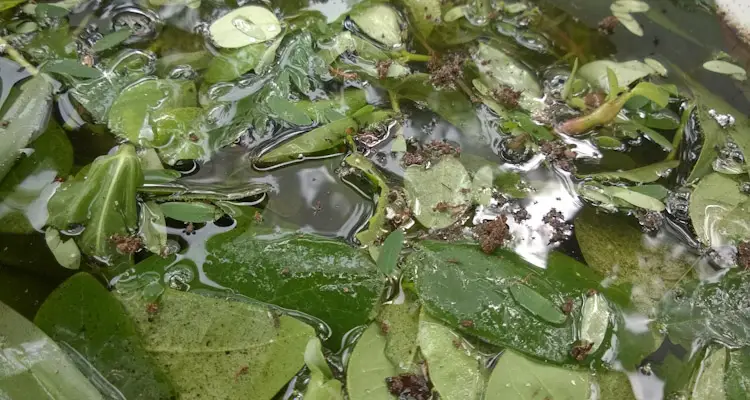
In this article, we’re going to look at some examples and benefits of natural fertilizers you can use in your garden. But before we do, let’s find out:
What Are Natural Fertilizers?
In short, Natural fertilizers are nutrient-rich substances extracted mainly from organic materials, such as plants and animals.
For thousands of years, farmers have been using ashes, urine, manures, and other substances to increase crop yields.
In fact, you can add many of these raw materials directly to the soil. However, when growing crops such as vegetables, you must ensure you do so safely. With that said, let’s take a look at:
3 Types Of Natural Fertilizers For Vegetables
You can make natural fertilizers with just about any available plant or animal material. However, when growing vegetables, you need to ensure you provide the proper nutrients at the right stage of growth. To do this, we focus mainly on three types:
1. Fresh And Aged Animal Manure
Farmers mainly use animal manure that comes from plant-eaters such as cattle, horses, goats, and rabbits. However, you can also use manures from other animals, such as chickens and pigs, as long as you’re careful.
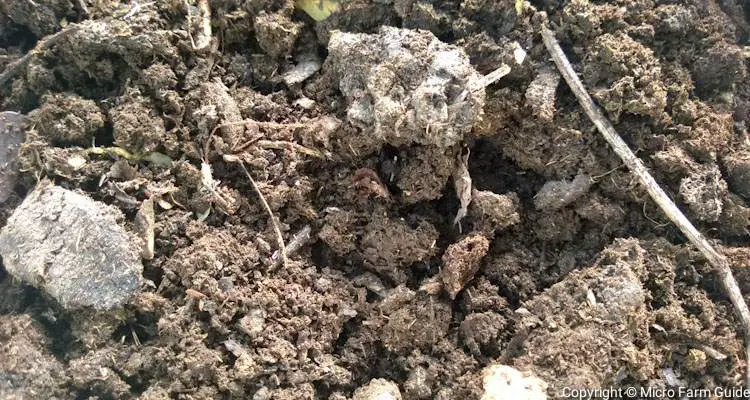
In some larger farms, raw pen manure is diluted and spread across fields, then allowed to break down naturally. But for smaller operations, manure is usually allowed to first age, ferment, or is added to piles for:
2. Composting Organic Materials
Composting is the natural process of breaking organic waste down into valuable materials using fungi, bacteria, and small animals.
There are three main types of composting:
- Aerobic composting – which is done in the presence of oxygen.
- Anaerobic composting – which occurs in the absence of oxygen.
- Vermicomposting – which uses small creatures such as worms to break down the material.
However, they all serve the same purpose — to recycle organic material.
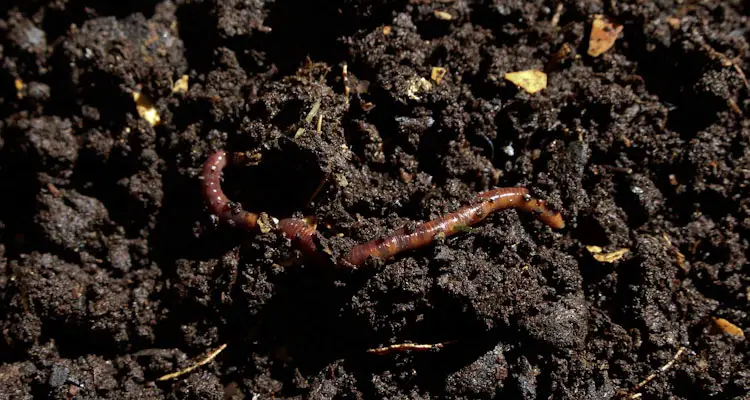
That said, well-prepared compost is safe to apply to plants without “burning” them. In fact, you can even grow plants directly in compost, or turn it into Compost Tea and apply it as a foliar spray.
However, there are much easier ways to make liquid fertilizer at home, such as:
3. Fermented Fertilizers
Fermented fertilizers are nutrient-rich substances extracted from organic material in the presence of aerobic microorganisms. These fertilizers are usually liquids and need to be diluted before applying to plants, either as a surface dressing or foliar spray.
Some well-known solutions include KNF recipes, Compost Tea, Bokhashi, and Jeevamrutha — each of which provides nutrients and microorganisms to the soil, which in turn feeds the plants.
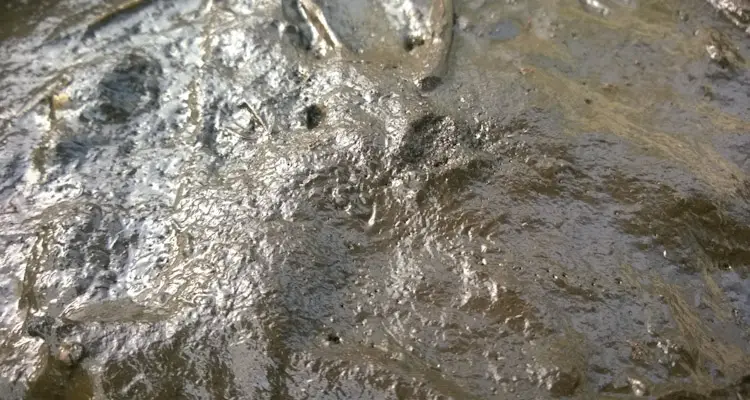
Now, before you become overwhelmed by all the options, let’s take a look at:
How To Choose The Best Natural Fertilizers For Plants
The best natural fertilizer for plants is one which you can make using locally sourced materials, and equipment, in your available space.
Ultimately, it should be rich in nutrients, minerals, and microorganisms. And be made from various materials to ensure it contains a wide range of nutrients.
For example, Bokashi is ideal for people living in small apartments with limited space. It uses kitchen scraps and produces little to no odors.
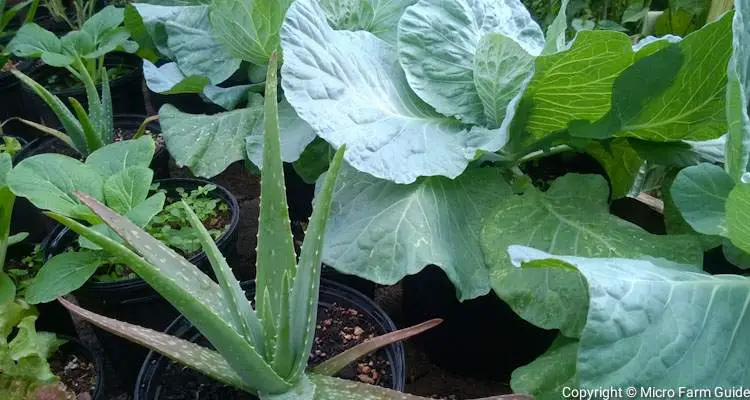
Whereas hot compost is more suitable for a small farm or garden. Where you have access to more space and materials. With this in mind, let’s discuss:
3 Benefits Of Natural Fertilizers
Not all natural fertilizers are created equally. As a result, you can expect the effectiveness and benefits to vary considerably.
You should take some time to learn how to prepare, and apply natural fertilizers to get the full benefits from your efforts.
That said, let’s take a look at these benefits. Starting with how they:
1. Enhance the Soil’s Structure
Natural fertilizers contain various microorganisms which can aid in breaking down organic and inorganic compounds.
These tiny organisms can help build the structure of the soil by creating pathways, which in turn improves the aeration and drainage of water.
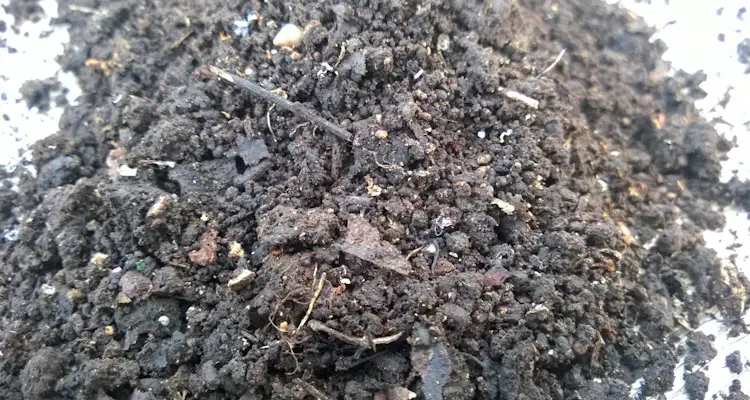
Some of these organisms can help dissolve compact minerals and release valuable nutrients in a form that plants can use. Which brings us to the next benefit:
2. Improves Production and Overall Plant Health
Most natural fertilizers come from whole plants. As a result, they contain all the nutrients the plant needs in the correct proportions.
This also means that you can create customized fertilizers to enhance the growth and production of specific plants.
But more importantly, microorganisms in the natural fertilizer help manage and provide the plants with the right nutrients at the right time.
Now, being able to create your own fertilizers is not only helpful but also:
3. Cost Less Than Organic And Conventional Fertilizers.
Most natural fertilizers are made from locally sourced materials. Ideally, you should use materials from the area surrounding your garden.
However, based on your chosen method, you might have to purchase certain ingredients, such as sugar and molasses, or equipment, such as an air pump.
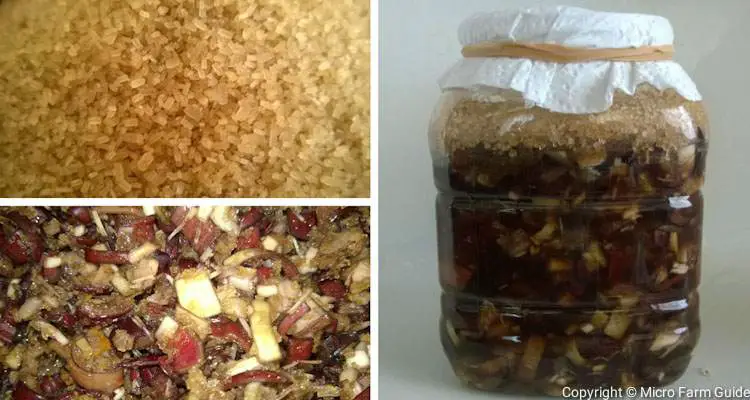
Yet, all this still adds up to only a fraction of the cost of store-bought alternatives. These savings can make a huge difference, especially with ever-increasing prices.
Final Thoughts
Do you see how versatile Natural Fertilizers are in the garden and your pockets? Not only are they easy to make at home, but you can customize them to meet the needs of specific plants.
This Do-It-Yourself approach makes Natural Fertilizers more accessible to small-scale farmers, especially in areas where fertilizers are priced at a premium.
So if you’d like to grow healthy, organic food and are looking for an alternative to conventional and store-bought organic fertilizers, natural fertilizers are the solution. (No pun intended.)
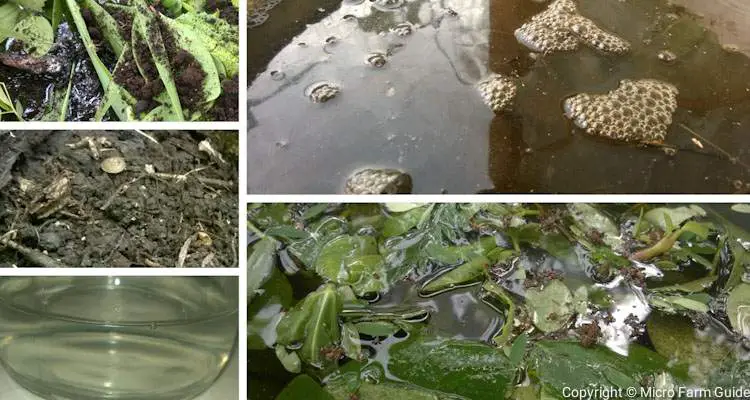
And if you’re looking for the simplest, most efficient method to create natural fertilizers at home, then look at this article, How To Make JADAM Liquid Fertilizers (Quick And Easy), for detailed instructions.
Related Questions
What Is A Good Homemade Plant Fertilizer?
A good homemade plant fertilizer contains all the nutrients needed by the plants. These include Nitrogen, Phosphorus, potassium, and micronutrients. It should also have the necessary microorganisms to make the nutrients available to the plant.
What Fertilizer Makes Plants Grow Faster?
Generally, a nitrogen-rich solution encourages fast growth of leaves and stems. However, to maintain and ensure healthy growth, you must ensure that your fertilizer contains other nutrients to aid in root and cell development.
What Are Some Homemade Fertilizers For Potted Plants?
Some of the most popular fertilizers for potted plants include kitchen scraps such as banana peels, coffee grounds, and ashes. However, it’s best to convert these into Bhokashi or other liquid fertilizers before applying them to ensure that the nutrients are readily available to the plant.
References
University Of New Hampshire. Organic & Natural Fertilizers for the Home Ground & Garden [fact sheet]. extension.unh.edu. Accessed August 2023
University Of Maine. Characteristics of Common Natural Fertilizers. extension.umaine.edu. Accessed August 2023

